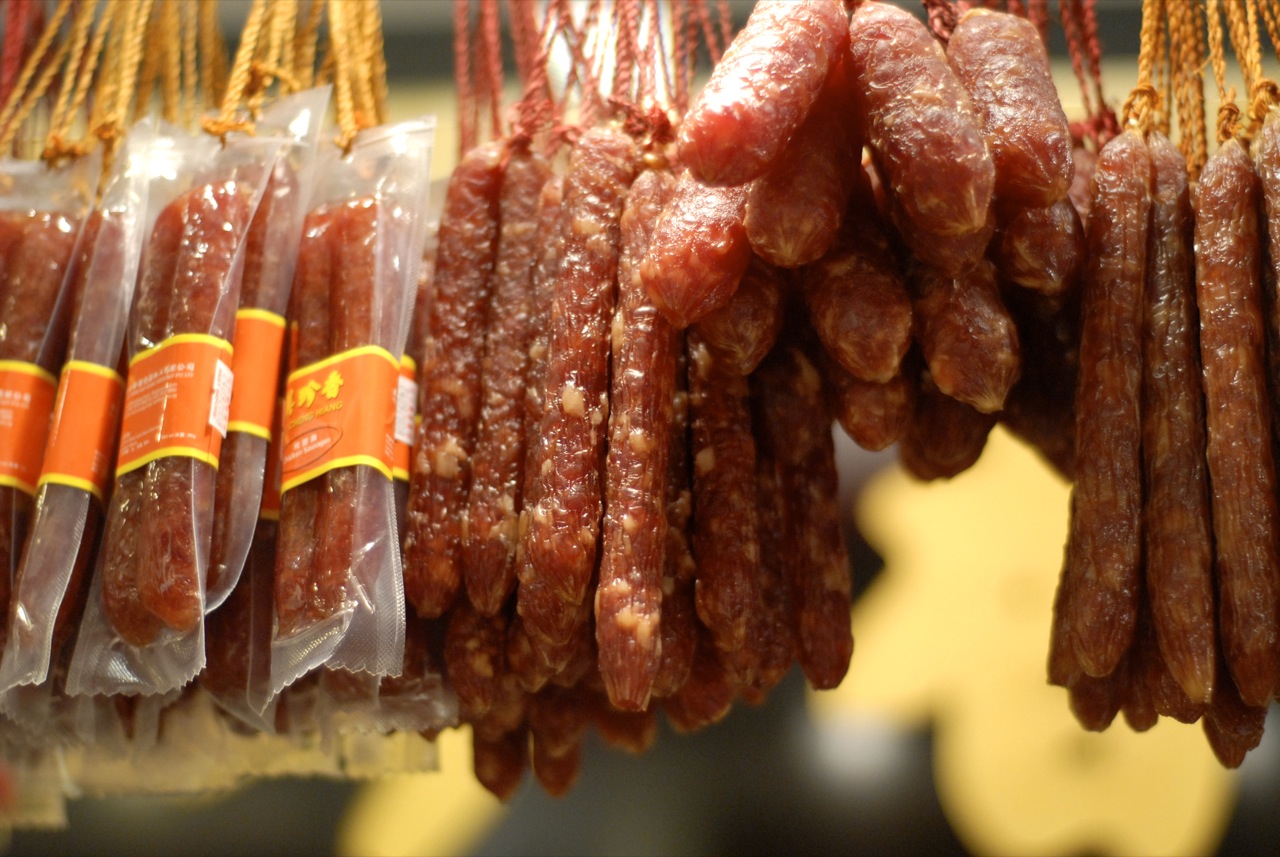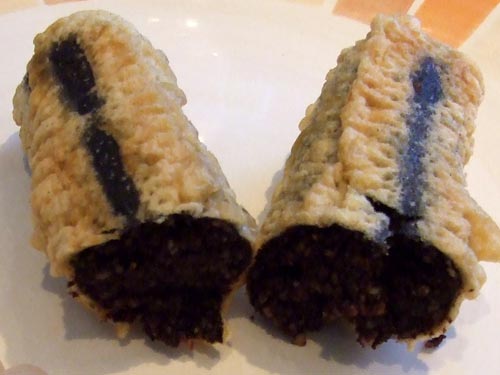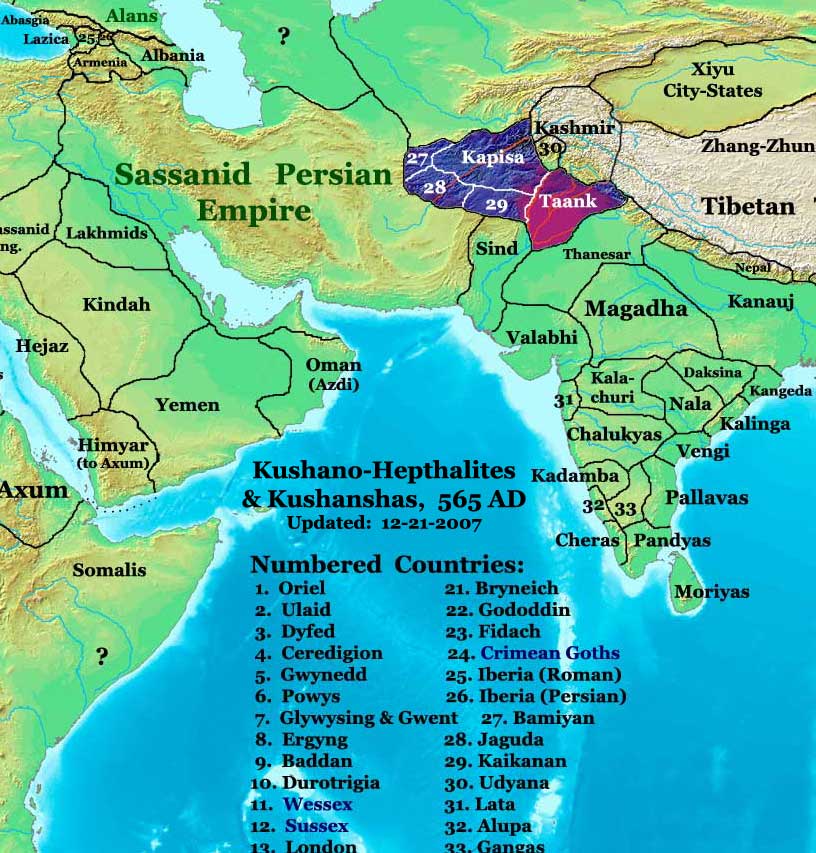|
Gyuma
Gyurma is a blood sausage made with yak or sheep's blood in Tibetan cuisine. Rice or roasted barley flour can be added as filler. The sausage uses natural yak or sheep casing (intestine). This sausage is also consumed in the region of Sikkim, Bhutan, Uttrakhand and Ladakh in India and Himalayan regions of Nepal. See also * Kargyong * Kaszanka * Black pudding * Lap Cheong * List of Tibetan dishes This is a list of Tibetan dishes and foods. Tibetan cuisine includes the culinary traditions and practices of Tibet and its peoples, many of whom reside in India and Nepal. It reflects the Tibetan landscape of mountains and plateaus. It is known ... References {{reflist External linksPhoto of a sliced gyurma served in a Tibetan restaurant Indian cuisine Tibetan cuisine Blood sausages Nepalese cuisine Bhutanese cuisine ... [...More Info...] [...Related Items...] OR: [Wikipedia] [Google] [Baidu] |
List Of Tibetan Dishes
This is a list of Tibetan dishes and foods. Tibetan cuisine includes the culinary traditions and practices of Tibet and its peoples, many of whom reside in India and Nepal. It reflects the Tibetan landscape of mountains and plateaus. It is known for its use of noodles, goat, yak, mutton, dumplings, cheese (often from yak or goat milk), butter (also from animals adapted to the Tibetan climate) and soups. The cuisine of Tibet is quite distinct from that of its neighbors. Tibetan crops must be able grow at the high altitudes, although a few areas in Tibet are low enough to grow such crops as rice, oranges, bananas, and lemon. Since only a few crops grow at such high altitudes, many features of Tibetan cuisine are imported, such as tea, rice and others. The most important crop in Tibet is barley. Flour milled from roasted barley, called '' tsampa'', is the staple food of Tibet. It is eaten mostly mixed with the national beverage Butter tea. Meat dishes are likely to be yak, goat, ... [...More Info...] [...Related Items...] OR: [Wikipedia] [Google] [Baidu] |
Blood Sausage
A blood sausage is a sausage filled with blood that is cooked or dried and mixed with a filler until it is thick enough to solidify when cooled. Most commonly, the blood of pigs, sheep, lamb, cow, chicken, or goose is used. In Europe and the Americas, typical fillers include meat, fat, suet, bread, cornmeal, onion, chestnuts, barley, oatmeal, and buckwheat. On the Iberian Peninsula and in Latin America and Asia, fillers are often made with rice. Sweet variants with sugar, honey, orange peel, and spices are also regional specialties. In many languages, a general term such as ''blood sausage'' (American English) is used for all sausages that are made from blood, whether or not they include non-animal material such as bread, cereal, and nuts. Sausages that include such material are often referred to with more specific terms, such as ''black pudding'' in English. Other varieties of blood sausage include ''boudin rouge'' (Creole and Cajun), ''rellena'' or '' moronga'' (Mexico), ... [...More Info...] [...Related Items...] OR: [Wikipedia] [Google] [Baidu] |
Nepal
Nepal, officially the Federal Democratic Republic of Nepal, is a landlocked country in South Asia. It is mainly situated in the Himalayas, but also includes parts of the Indo-Gangetic Plain. It borders the Tibet Autonomous Region of China China–Nepal border, to the north, and India India–Nepal border, to the south, east, and west, while it is narrowly separated from Bangladesh by the Siliguri Corridor, and from Bhutan by the States and union territories of India, Indian state of Sikkim. Nepal has a Geography of Nepal, diverse geography, including Terai, fertile plains, subalpine forested hills, and eight of the world's ten List of highest mountains#List, tallest mountains, including Mount Everest, the highest point on Earth. Kathmandu is the nation's capital and List of cities in Nepal, its largest city. Nepal is a multi-ethnic, multi-lingual, multi-religious, and multi-cultural state, with Nepali language, Nepali as the official language. The name "Nepal" is first record ... [...More Info...] [...Related Items...] OR: [Wikipedia] [Google] [Baidu] |
Blood Sausages
A blood sausage is a sausage filled with blood that is cooked or dried and mixed with a filler until it is thick enough to solidify when cooled. Most commonly, the blood of pigs, sheep, lamb, cow, chicken, or goose is used. In Europe and the Americas, typical fillers include meat, fat, suet, bread, cornmeal, onion, chestnuts, barley, oatmeal, and buckwheat. On the Iberian Peninsula and in Latin America and Asia, fillers are often made with rice. Sweet variants with sugar, honey, orange peel, and spices are also regional specialties. In many languages, a general term such as ''blood sausage'' (American English) is used for all sausages that are made from blood, whether or not they include non-animal material such as bread, cereal, and nuts. Sausages that include such material are often referred to with more specific terms, such as ''black pudding'' in English. Other varieties of blood sausage include ''boudin rouge'' (Creole and Cajun), ''rellena'' or '' moronga'' (Mexico), a ... [...More Info...] [...Related Items...] OR: [Wikipedia] [Google] [Baidu] |
Indian Cuisine
Indian cuisine consists of a variety of regional and traditional cuisines native to the Indian subcontinent. Given the diversity in soil, climate, culture, ethnic groups, and occupations, these cuisines vary substantially and use locally available spices, herbs, vegetables, and fruits. Indian food is also heavily influenced by religion, in particular Hinduism and Islam, cultural choices and traditions. Historical events such as invasions, trade relations, and colonialism have played a role in introducing certain foods to India. The Columbian exchange, Columbian discovery of the New World brought a number of new vegetables and fruits. A number of these such as potatoes, tomatoes, Chili pepper, chillies, peanuts, and guava have become staples in many regions of India. Indian cuisine has shaped the history of international relations; the spice trade between India and Europe was the primary catalyst for Europe's Age of Discovery. Spices were bought from India and traded around ... [...More Info...] [...Related Items...] OR: [Wikipedia] [Google] [Baidu] |
Lap Cheong
Chinese sausage is a generic term referring to the many different types of sausages with ties to China, the Sinosphere or the Chinese diaspora. Varieties There is a choice of fatty or lean sausages. There are different kinds ranging from those made using fresh pork to those made using pig livers, duck livers and even turkey livers. Usually a sausage made with liver will be darker in color than one made without liver. Recently, there have even been countries producing chicken Chinese sausages. Traditionally they are classified into two main types. It is sometimes rolled and steamed in dim sum. * ''Lap cheong'' (Cantonese, or zh, p=làcháng, t=臘腸, s=腊肠, cy=laahp chéung, j=laap6 coeng2) (lit."preserved sausage") is a dried, hard sausage usually made from pork and pork fat. It is normally smoked, sweetened, and seasoned with rose water, rice wine and soy sauce. * ''Yun chang'' ( zh, t=膶腸, s=膶肠, p=rùn cháng, cy=yéun chéung, j=jeon2 coeng2) (lit."liver sausage") ... [...More Info...] [...Related Items...] OR: [Wikipedia] [Google] [Baidu] |
Black Pudding
Black pudding is a distinct national type of blood sausage originating in the United Kingdom and Ireland. It is made from pork or occasionally beef Blood as food, blood, with Lard, pork fat or Suet, beef suet, and a cereal, usually oatmeal, oat groats, or barley groats. The high proportion of cereal, along with the use of certain herbs such as Mentha pulegium, pennyroyal, serves to distinguish black pudding from blood sausages eaten in other parts of the world.Jaine, T. and Davidson, A. ''The Oxford companion to food'', OUP, 2006, p.104 Etymology The word ''wikt:pudding, pudding'' is believed to derive from the French , originally from the Latin , meaning "small sausage". History and recipes Blood puddings are often considered to be one of the oldest forms of sausage. Animals are generally bled at slaughter, and as blood rapidly spoils unless prepared in some way, making a pudding with it is one of the easiest ways of ensuring it does not go to waste. While the majority of mode ... [...More Info...] [...Related Items...] OR: [Wikipedia] [Google] [Baidu] |
Kaszanka
Kaszanka is a traditional blood sausage in Central and Eastern European cuisine. It is made of a mixture of pig's blood, pork offal (commonly liver), and buckwheat ( kasha) or barley stuffed in a pig intestine. It is usually flavored with onion, black pepper, and marjoram. The dish likely originated in Germany or Denmark. Kaszanka may be eaten cold, but traditionally it is either grilled or fried with onions and then served with potato and sauerkraut. Other names and similar dishes * ''крывянка'' (''Kryvianka'', Belarus) * ''verivorst'' (Estonia) * ''kaszanka'' (Poland) * '' Kiszka'' (Yiddish קישקע ''kishke'', some districts of Poland) * ''Grützwurst'' (Germany and sometimes Silesia) * '' Knipp'' (Lower Saxony, Germany) * ''Göttwust''; ''Grüttwust'' (Northern Germany) * ''krupńok''; ''krupniok'' (more of a slight name difference than variation; Silesia) * ''żymlok'' (a variation of ''Krupniok'' based on cut bread roll instead of buckwheat; Silesia) * '' Pin ... [...More Info...] [...Related Items...] OR: [Wikipedia] [Google] [Baidu] |
Kargyong
Kargyong is a type of sausage, made with ginger, garlic and salt. It's a product of Sikkim where it is consumed by the Bhutia, Tibetan, Sherpa, Lepcha and Drukpa people mostly. It can be found in the local restaurants and fool stalls of Sikkim, the Darjeeling Himalayan hill region, Bhutan, Tibet and Ladakh. It is made with beef (''lang kargyong''), yak (''yak kargyong'') and pork (''faak kargyong''). It's made with natural casing called ''gyuma'' and cooked by boiling, then it is smoked and dried for at least 10 days, but up to 15 days or more. The finished ''lang kargyong'' can be eaten boiled. It is also fried with onion, chillies, salt and onion to be used in curry. The fried sausage is also eaten plain with '' raksi'' liquor, or ''chhaang''. The microorganisms associate with kargyong as various types of ''lactobacilli'', ''bacillus'', ''micrococcus'' and ''staphylococcus'', and some yeast and other fungal A fungus (: fungi , , , or ; or funguses) is any member of ... [...More Info...] [...Related Items...] OR: [Wikipedia] [Google] [Baidu] |
India
India, officially the Republic of India, is a country in South Asia. It is the List of countries and dependencies by area, seventh-largest country by area; the List of countries by population (United Nations), most populous country since 2023; and, since its independence in 1947, the world's most populous democracy. Bounded by the Indian Ocean on the south, the Arabian Sea on the southwest, and the Bay of Bengal on the southeast, it shares land borders with Pakistan to the west; China, Nepal, and Bhutan to the north; and Bangladesh and Myanmar to the east. In the Indian Ocean, India is near Sri Lanka and the Maldives; its Andaman and Nicobar Islands share a maritime border with Thailand, Myanmar, and Indonesia. Modern humans arrived on the Indian subcontinent from Africa no later than 55,000 years ago., "Y-Chromosome and Mt-DNA data support the colonization of South Asia by modern humans originating in Africa. ... Coalescence dates for most non-European populations averag ... [...More Info...] [...Related Items...] OR: [Wikipedia] [Google] [Baidu] |
Sheep
Sheep (: sheep) or domestic sheep (''Ovis aries'') are a domesticated, ruminant mammal typically kept as livestock. Although the term ''sheep'' can apply to other species in the genus '' Ovis'', in everyday usage it almost always refers to domesticated sheep. Like all ruminants, sheep are members of the order Artiodactyla, the even-toed ungulates. Numbering a little over one billion, domestic sheep are also the most numerous species of sheep. An adult female is referred to as a ''ewe'' ( ), an intact male as a ''ram'', occasionally a ''tup'', a castrated male as a ''wether'', and a young sheep as a ''lamb''. Sheep are most likely descended from the wild mouflon of Europe and Asia, with Iran being a geographic envelope of the domestication center. One of the earliest animals to be domesticated for agricultural purposes, sheep are raised for fleeces, meat ( lamb, hogget or mutton), and milk. A sheep's wool is the most widely used animal fiber, and is usually harvested by ... [...More Info...] [...Related Items...] OR: [Wikipedia] [Google] [Baidu] |
Ladakh
Ladakh () is a region administered by India as a union territory and constitutes an eastern portion of the larger Kashmir region that has been the subject of a Kashmir#Kashmir dispute, dispute between India and Pakistan since 1947 and India and China since 1959.The application of the term "administered" to the various regions of Kashmir and a mention of the Kashmir dispute is supported by the WP:TERTIARY, tertiary sources (a) through (e), reflecting WP:DUE, due weight in the coverage. Although "controlled" and "held" are also applied neutrally to the names of the disputants or to the regions administered by them, as evidenced in sources (h) through (i) below, "held" is also considered politicised usage, as is the term "occupied", (see (j) below). (a) (subscription required) Quote: "Kashmir, region of the northwestern Indian subcontinent ... has been the subject of dispute between India and Pakistan since the partition of the Indian subcontinent in 1947. The northern and wester ... [...More Info...] [...Related Items...] OR: [Wikipedia] [Google] [Baidu] |





